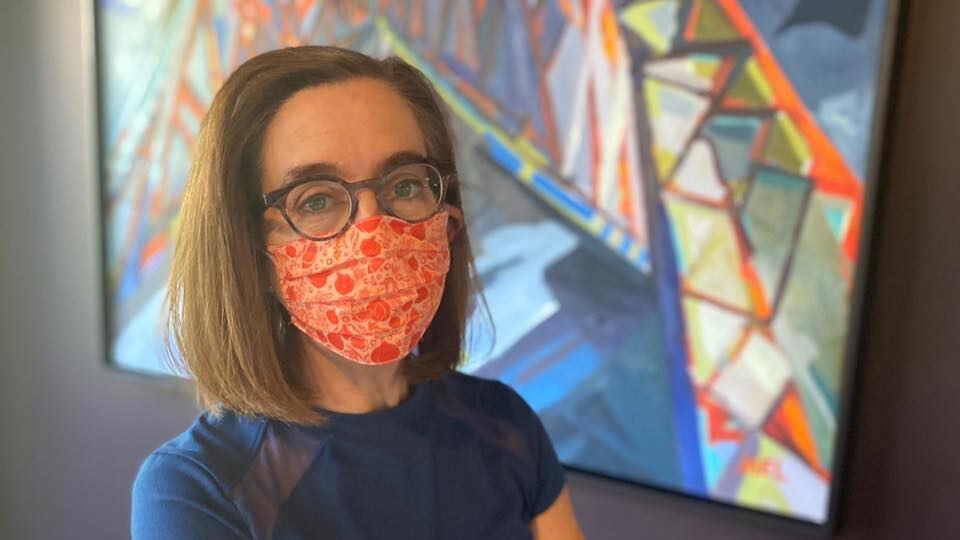In a tweet earlier this week, Oregon Gov. Kate Brown drew a contrast between herself and President Donald Trump on the issue of reopening schools during the pandemic.
"I actually like the idea of following 'very tough' guidelines from our country's most trusted doctors and health experts," Brown wrote July 8, replying to Trump's assertion that schools should open and his complaint that the U.S. Centers for Disease Control and Prevention was making matters "tough & expensive."
Hmm maybe it's just me, but when it comes to keeping children and educators safe, I actually like the idea of following "very tough" guidelines from our country's most trusted doctors and health experts. https://t.co/IctYn5qq14
— Governor Kate Brown (@OregonGovBrown) July 8, 2020
Elected officials nationwide face political pressure to reopen schools—not just from the Republican president but as a way to alleviate pressure on working parents, even as COVID-19 case counts mount.
But the governor's Twitter victory won't necessarily translate into policy choices.
Guidelines from the CDC call for social distancing and mask wearing in schools—requirements Brown supports, even if they increase costs. But they also specify that states shouldn't begin opening without a 14-day decline in cases, followed by a second 14-day decline in cases before the phase when schools can open.
Asked if that meant Gov. Brown wouldn't reopen schools without at least a 28-day decline in COVID-19 cases, as CDC guidelines call for, her office declined to explicitly commit to that. Instead, spokesman Charles Boyle said the governor's plan, "Ready Schools, Safe Learners," was "based on Oregon Health Authority and CDC guidance."
Her plan does indeed call for physical distancing and tracking student cohorts, so it's easier to trace cases, but does not specify the conditions under which Brown might be ready to open schools.
There is, of course, a clear contrast between Trump and Brown on COVID-19. The Trump administration has gone so far as to threaten to withhold federal school funding from districts or states that don't reopen, though it's not clear his administration has that authority.
Brown, by contrast, says if conditions don't improve, schools can't open.
"As the governor noted yesterday, if we continue to see COVID-19 case counts, community spread, and hospitalizations rise, districts across the state will be forced to resort to extended periods of remote instruction throughout the school year," says Boyle. "That is not the outcome we want to see. It is critical that Oregonians continue to wear face coverings, practice physical distancing, regularly wash their hands, and avoid large gatherings, or we could quickly find that a safe return to school is beyond reach."
